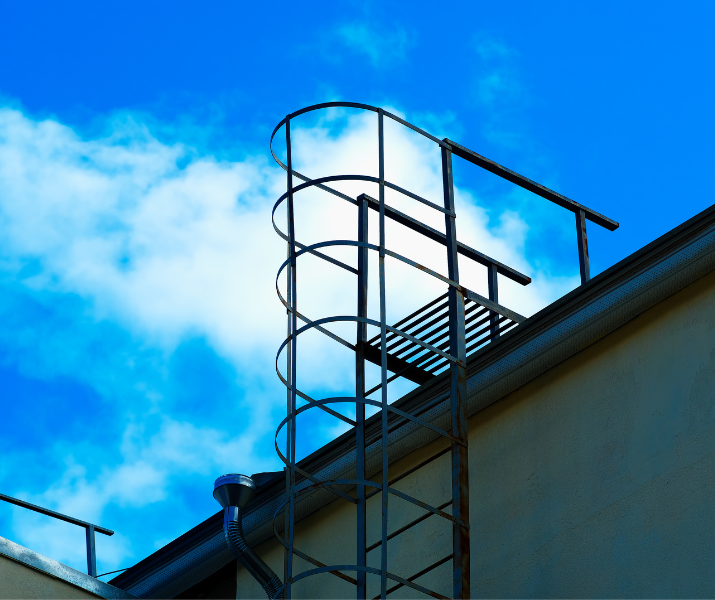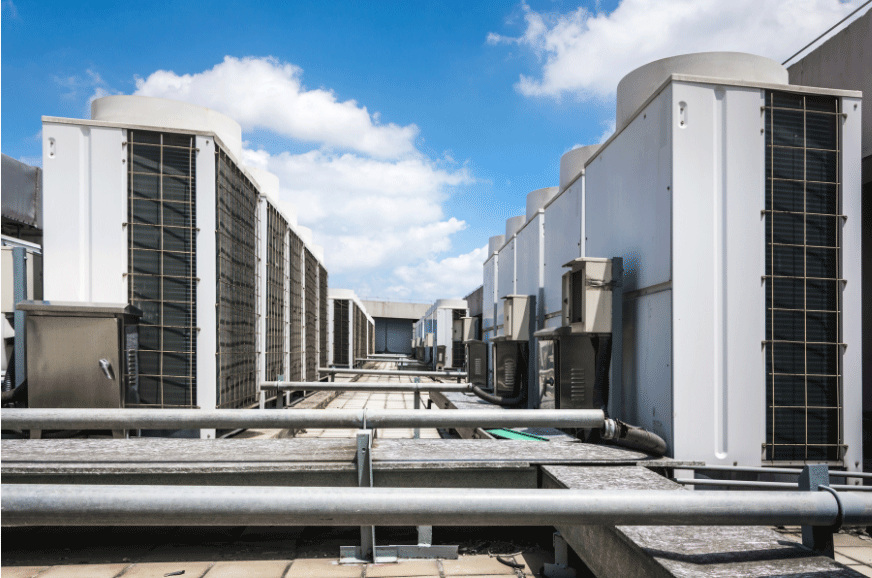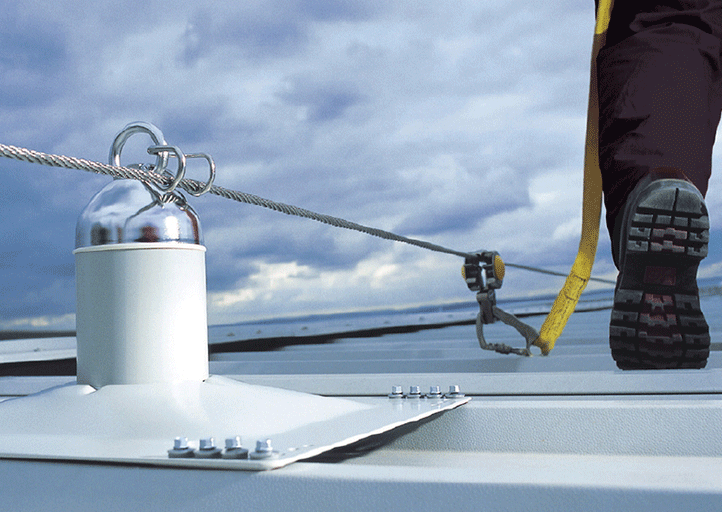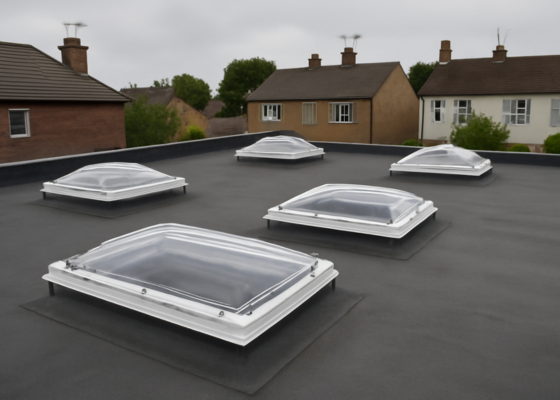When was the last time you had the hazards on your roof assessed with a safety audit?
People need to go onto your roof for maintenance work, but you don’t have any fall protection in place. After some research, you decide you need to install edge protection. But is that all you need? How will workers get onto the roof, and how will you protect them when they work next to your skylights?
Sometimes, hazards are obvious on a roof, but that’s not always the case.
As a building owner, facilities manager or person responsible for the safety of people in a building, you have a legal responsibility to ensure the safety of anyone working at height, including on your roof. It’s not just about ticking boxes; it’s about genuinely understanding and mitigating risks.
This is where a professional site survey and roof audit come into play.
The complexity of roof hazards
Employing a specialist company like Height of Safety to assess your roof can identify risks you had not considered. We know what potential hazards to look for.

Access onto and off the roof
The first challenge is getting onto the roof safely. A professional audit will evaluate your current access points. Are ladders, stairs, or hatches secure and compliant with safety regulations? Are safety measures in place to prevent falls during access? Ensuring that entry and exit points are safe is the first step in preventing accidents.
Fragile rooflights
Rooflights can pose a significant risk if they are not adequately protected. These often fragile structures can easily give way under a person’s weight, leading to severe injury or worse. During our audit, we identify all rooflights and recommend appropriate safety measures such as guardrails or protective covers to prevent accidents.
Exposed edges
One of the most common hazards on a roof is exposed edges. Without proper edge protection, anyone working near the edge risks falling. While installing edge protection is an excellent start, a professional audit would also assess the adequacy of this protection and ensure it meets safety standards.
Different roof levels
Roofs with varying levels can be particularly hazardous, especially if there are no clear indicators or level changes. Tripping and falling from one level to another can result in serious injuries. During a roof audit, we will assess these level changes and suggest solutions, such as installing access platforms for safe access between the different levels.

Obstacles and obstructions
Obstacles such as pipework, HVAC units, and other equipment can create tripping hazards and obstruct safe movement on the roof. A professional audit would evaluate these obstacles and recommend the best way to navigate around them safely. This could be through a walkway system to provide a safe, demarcated route around the obstruction or a step-over platform for safe access over the obstacle.
Slippery or damaged roof surfaces
Roofs can become slippery due to weather conditions like rain, ice or moss growth. Damaged surfaces can also present a trip hazard. A professional rooftop survey will identify these risks and recommend suitable measures like anti-slip treatment or a rooftop walkway. If repair work is required, the fall protection company can recommend a specialist roofing contractor to assess and carry out the work.
Why hire a professional for a site survey and roof audit?
As fall protection specialists, we are trained to spot hazards that might not be immediately obvious. Our experience means we can spot potential risks that the untrained eye might miss.
A professional audit comprehensively assesses all potential hazards on your roof. This ensures risks are not missed, giving you peace of mind that your roof is as safe as possible.
As a building owner or manager, you are legally obligated to ensure the safety of anyone accessing your roof. A thorough audit of the risks will ensure your legal requirements are met. By addressing hazards before they lead to an accident, you can also avoid costly legal fees, compensation claims, and downtime.
Investing expertise for long term safety
Ensuring the safety of anyone accessing your roof is not just about installing edge protection. A comprehensive roof audit looks at access, specific hazards, and the nature of work and recommends tailored solutions. It’s about creating a safe working environment from when workers step onto your property until they’re back on the ground.
By taking proactive steps and employing experts, you can create a safer environment for everyone needing access to your roof.


